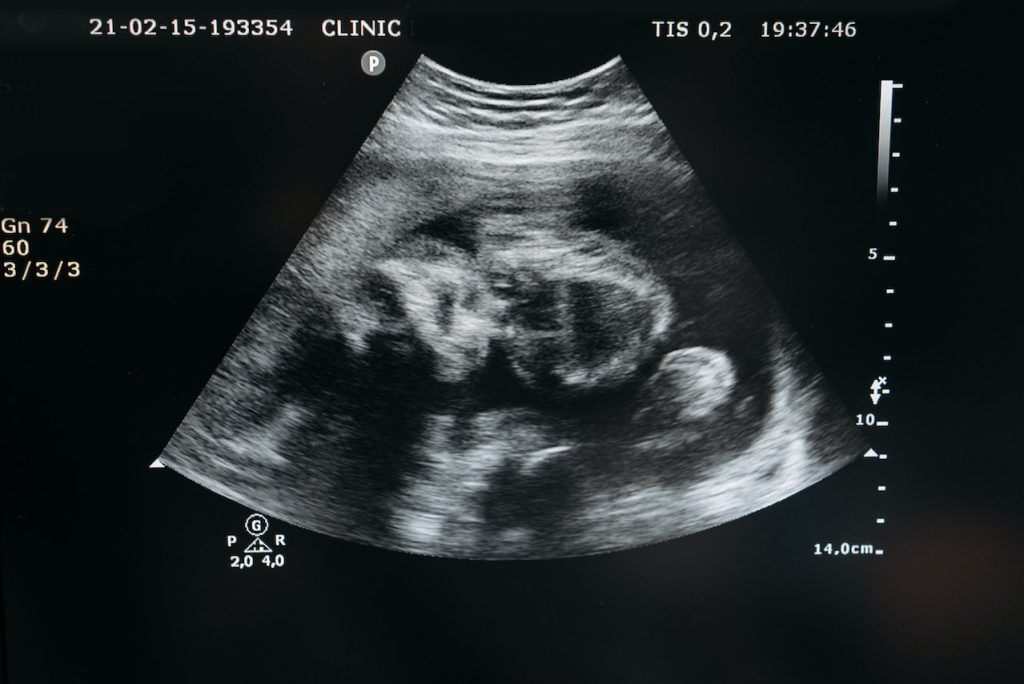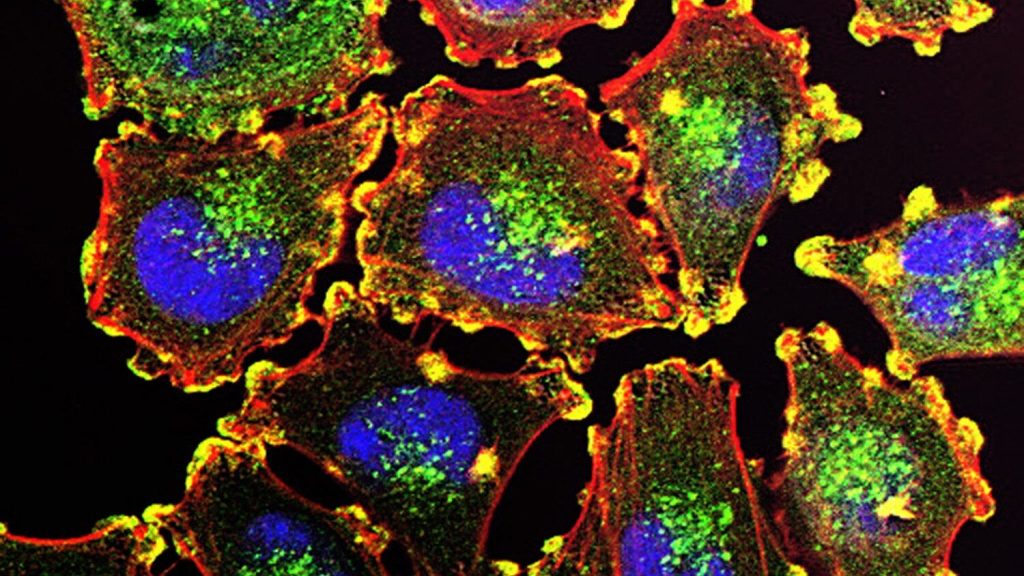Five Years of High-dose Vitamin D Reduced Atrial Fibrillation Risk

Taking higher-than-recommended doses of vitamin D for five years reduced the risk of atrial fibrillation in older adults, according to a randomised controlled study conducted in Finland and published in the American Heart Journal.
Atrial fibrillation is the most common arrhythmia, the risk of which increases with age, and which is associated with an increased risk of stroke, heart failure and mortality. Vitamin D has been shown to have an effect, for example, on the atrial structure and the electrical function of the heart, suggesting that vitamin D might prevent atrial fibrillation.
Conducted at the University of Eastern Finland in 2012–2018, the main objective of the Finnish Vitamin D Trial (FIND) was to explore the associations of vitamin D supplementation with the incidence of cardiovascular diseases and cancers. The five-year study involved 2 495 participants, men aged 60 and older, and women aged 65 and older, who were randomised into three groups: one placebo group and two vitamin D3 supplementation groups, with one of the groups taking a supplement of 40µg (1600 IU) per day, and the other a supplement of 80µg (3200 IU) per day. All participants were also allowed to take their personal vitamin D supplement, up to 20µg (800 IU) per day, which at the beginning of the study was the recommended dose for this age group. Participants had no diagnoses of cardiovascular disease or cancer at baseline, and they completed comprehensive health-related questionnaires, both at the beginning. Data on the occurrence of diseases and deaths were also obtained from Finnish nationwide health registers. Approximately 20% of participants were randomly selected for more detailed examinations and blood samples.
During the five-year study, 190 participants were diagnosed with atrial fibrillation: 76 in the placebo group, 59 in the 40µg group, and 55 in the 80 micrograms group. The risk of atrial fibrillation was 27% lower in the 40µg group, and 32% lower in the 80 micrograms group, when compared to the placebo group. In the sub-cohort selected for more detailed examinations, the mean baseline serum calcidiol concentration, which is a marker of the body’s vitamin D concentration, was relatively high, 75nmol/l. After one year, the mean calcidiol concentration was 100nmol/L in the 40µg group, and 120nmol/l in the 80µg group. No significant change in the calcidiol concentration was observed in the placebo group.
Only two randomised trials tried to test whether vitamin D supplementation reduces AF risk in healthy adults, and they did not observe an effect when using doses of 10µg (400 IU) or 50µg (2000 IU) per day. Further confirmation of the present results from the FIND study is therefore needed before doses of vitamin D that significantly exceed current recommendations can be recommended for preventing atrial fibrillation. The FIND study has previously published findings showing no association with the incidence of other cardiovascular events or cancers.
Source: University of Eastern Finland






